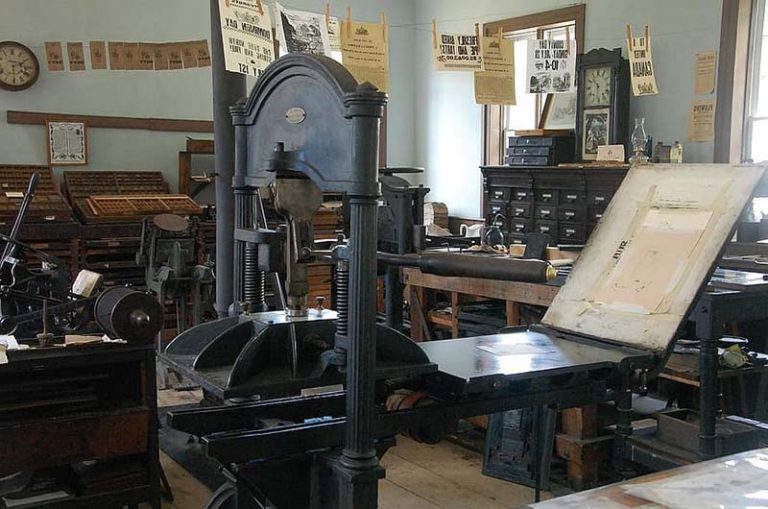As one of the seminal writers on the political economy of communications, Dallas W. Smythe presents an interesting case for re-examining the role of audience. He wants us to view the audience as a commodity, the same as a widget, which is produced, sold, distributed and consumed; and, at the same time, see how the audience “works”. The notion of “selling eyeballs to advertisers” is not an unfamiliar concept for someone inside the industry; although, within its historic context, it is amazing to see how this case is made and how Smythe flushes it out. But, the idea of describing the audience’s work is fascinating.
Smythe roots his arguments in Marxist language, but he is not a slave to the ideology. In the past, conventional critics of communications focus on idealist theories, which focus on its effect or purpose, but rarely to content. Smythe empowers the audience by saying previous political economists (neoclassic, Keynesian and Galbraith) for the most part ignore the audience market. Even Marx fails to address it but is excused for historic reasons. (I question Smythe’s historic timeline here. He argues advertising was not central to mass communication until after World War 1. However, the trend began in the late 19th century in major urban centres in North America). He also notes this subject is a blind spot for notable academics and theorists such as Gramsci, the Frankfurt School and others.
Since audience power is produced, sold, purchased and consumed, it has a price and can be considered a commodity. And, here is where the argument becomes interesting because he says this involves “work” on the part of the audience. Work is defined, not just as some activity done where a wage is paid, but it is a creative, humanly distinctive act where producing something means some utilitarian function is served and the individual’s nature is altered.
Smythe deconstructs this model breaking down the various aspects. He demonstrates how advertisers buy the audience; whether the audience is a homogenous mass; describing what is purchased by advertisers; how price is determined; and the inequities of the configuration. In the final analysis, Smythe is able to show the inequality of the current system where the audience pays and advertisers don’t. In fact, the system facilitates a hegemony that supports monopoly capitalism and political institutions through the communications industry resulting in the reaffirmation of the status quo and retarding change. The audience’s work is reduced to consumerism and there is no meaningful content, only a “free lunch” for non-advertising material. (I can’t tell you how many times I have heard this in my career.)
From here, Smythe provides an analysis of leisure time, arguing convincingly that it does not exist. He ends by saying work is not the problem, but the way it encroaches on leisure time is a concern. He reminds us that labour power is a personal possession and used more strategically than at present.
This article sparked a wave of disjointed ideas, but an incredible sense of the significance of Smythe’s arguments. In a post-modern world of high fragmented audiences, his statements around the homogeneity are perplexing. Advertisers face a massive range of communication channels to be used in delivering messages to audiences. In fact, audiences are leaving traditional mass media in droves, seeking many alternative forms of content. One need only look at dropping readership, listeners and viewers to see why newspapers, magazines, radio stations and television are panicking. New technologies, like a remote control for televisions or TiVo (digital transmission recorders) empowers audiences to skip advertising and view only content. But, every effort to remove advertising only seems to spur marketing companies to find new ways to invade our consciousness. Products and messages creep into our private and public space to a point where it is almost impossible to avoid. One can barely sit down in a washroom without be confronted with advertising. A recent campaign by local farmers in Northumberland County is based on placing stickers on vegetables. And, efforts to educate the public about the invasiveness of these messages results in more incipit approaches.
There is another aspect that is worrisome. Traditional media is the target of many efforts to undermine its trust and credibility, often led by the industries that wish to use them for delivering advertising messages and connect with audiences. In clawing away at these channels, capitalists create a powerful cynicism in the minds of the audience. This post-modern phenomenon removes any ability to take things seriously, instead joking or mocking issues of importance. Critical thinking is reduced or redirected away from problems, leaving no one to challenge authority or status quo.
Finally, the Internet poses some interesting challenges, as in the case of the music industry. Audiences were able to distribute digital music files and capitalist forces were unable to use traditional techniques of control to stop it. Finally, new economic models were created to distribute and sell music for profit. It appears the audience is only able to advance its agenda for only so long until capitalist forces respond, only to regain their position. Which leaves me with Smythe at the end of his article, wondering if the audience has any power at all.
First posted: 7/17/07

